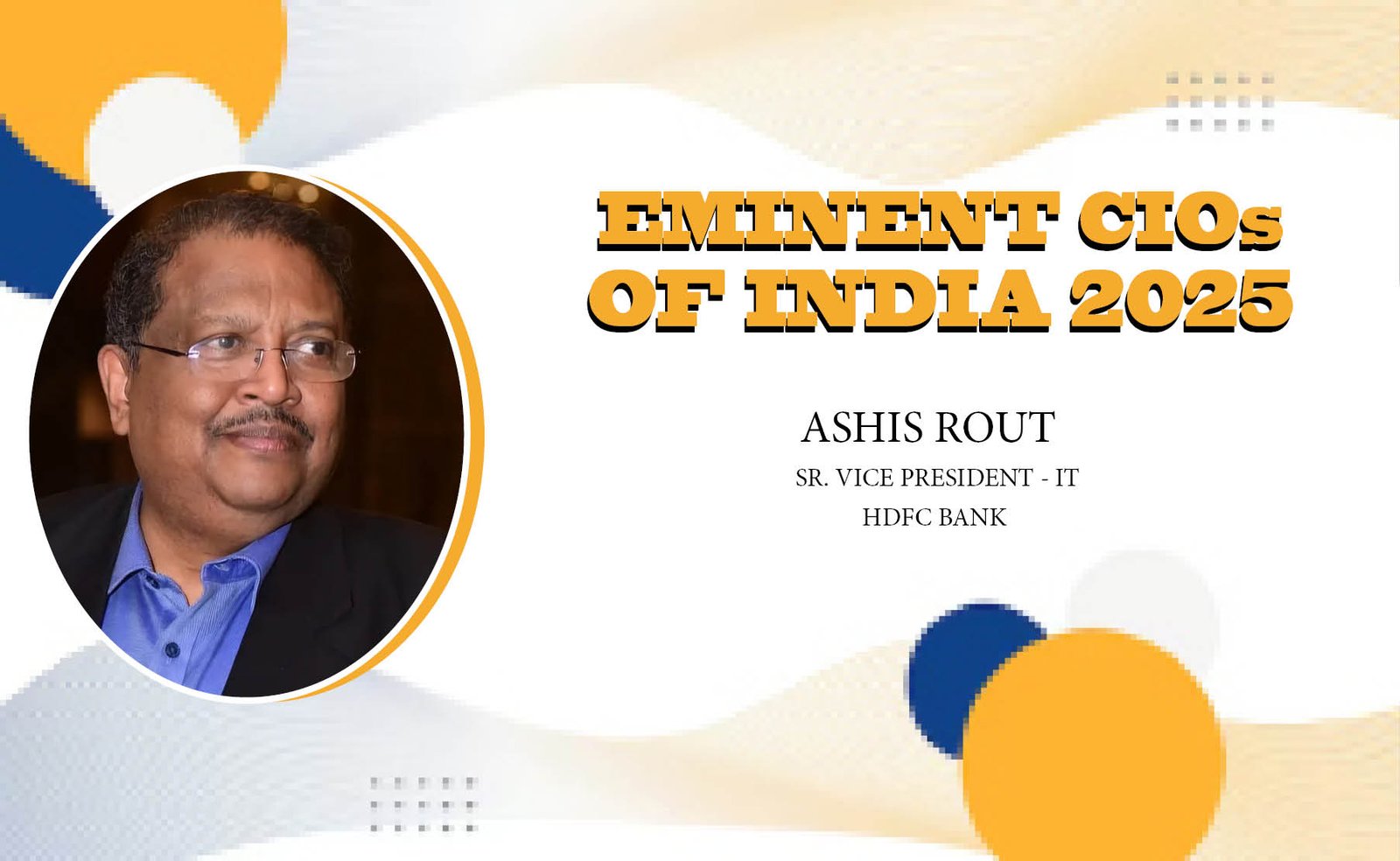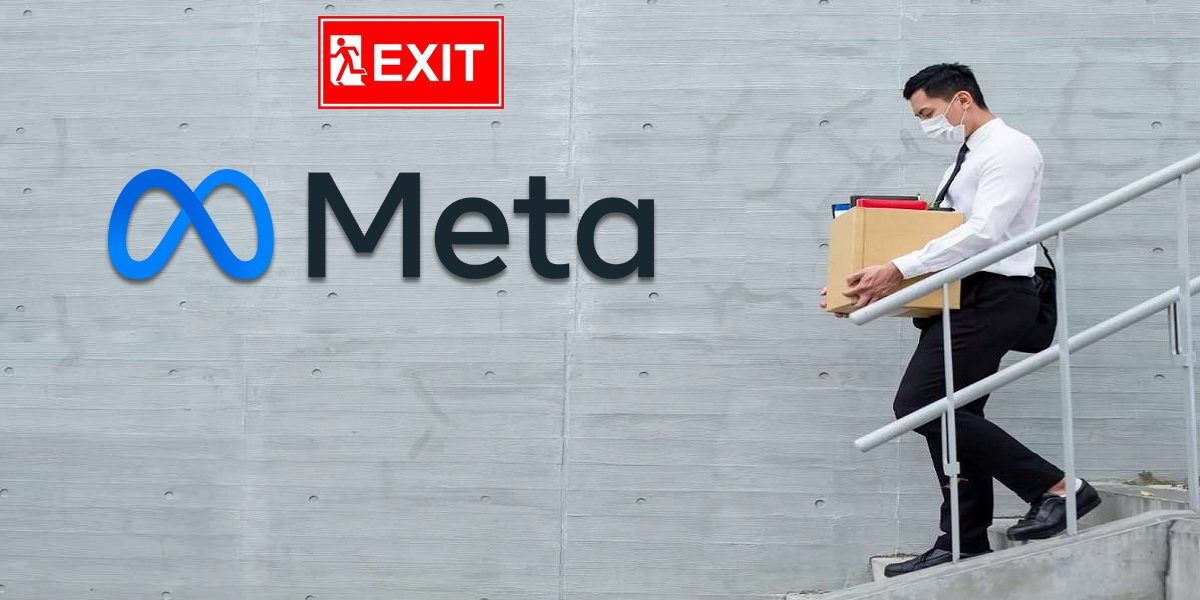Ashis Rout, Sr. Vice President - IT, HDFC BANK
The BFSI sector continues to lead in technology adoption, particularly with Generative AI poised to become a major driver of innovation and productivity. Quantum computing is also expected to see significant breakthroughs in 2025, especially in healthcare, materials science, and financial modeling. It holds promising potential in preventing data breaches by enhancing encryption and data security.
AI-powered cybersecurity is emerging as a strategic imperative, enabling predictive modeling from data lakes and proactively addressing zero-day vulnerabilities. Green technologies, energy-efficient solutions, and circular economy models are also gaining traction as businesses focus on sustainable growth.
The Changing Role of CIOs and Cybersecurity Strategy
The role of the CIO has transformed significantly—from managing IT costs to becoming a strategic business enabler. Today’s CIOs are tasked with driving innovation, enhancing customer experiences, streamlining operations, and aligning technology with business goals. They work closely with business leaders, spearheading digital transformation through cloud computing, big data, artificial intelligence, and cybersecurity initiatives.
In response to rising cyber threats, CIOs now collaborate with CISOs to enforce robust cybersecurity strategies. Building a security-first culture is a priority, requiring regular employee training, clear policies, and active leadership involvement. The five golden steps to foster this culture include: leading by example, promoting awareness, embedding security in business processes, recognizing secure behavior, and addressing human vulnerabilities.
Zero Trust architecture, combined with AI, is the next frontier in cybersecurity. Based on the principle of “Trust Nothing, Verify Everything,” this model involves controlling access, monitoring traffic, and automating data protection. AI strengthens Zero Trust by improving identity management, detecting threats intelligently, automating governance, ensuring data privacy compliance, and continuously training models.
Collaborative Leadership in a Digitally Evolving Enterprise
CIOs, CTOs, CISOs, and DPOs now hold distinct yet collaborative roles. While CIOs focus on digital transformation, CTOs lead tech innovation. CISOs ensure security is embedded in core business strategies, and DPOs safeguard data privacy and compliance. In large enterprises, these roles are distinct. In mid-sized firms, CIO and CTO responsibilities may merge, and virtual CISOs (v-CISOs) may be appointed. DPO functions, due to evolving Indian privacy laws, are often folded under the CIO or CISO.
To establish a strong DPO function, legal expertise, knowledge of privacy regulations, and the ability to translate legal jargon into actionable business insights are essential.






